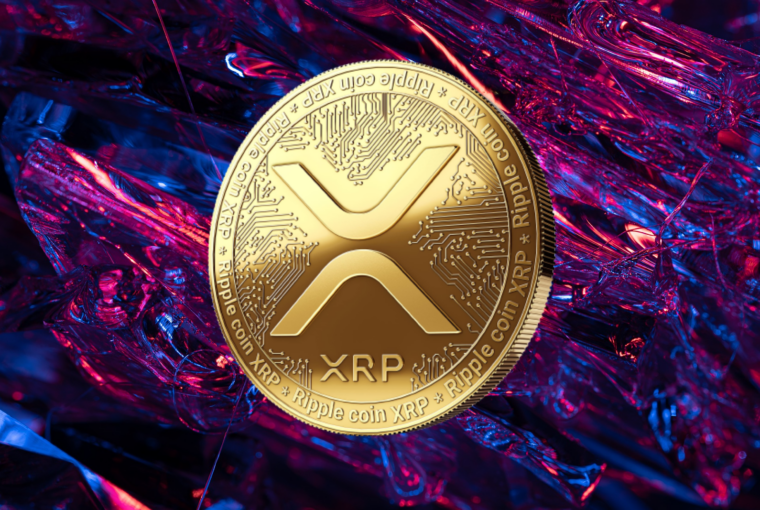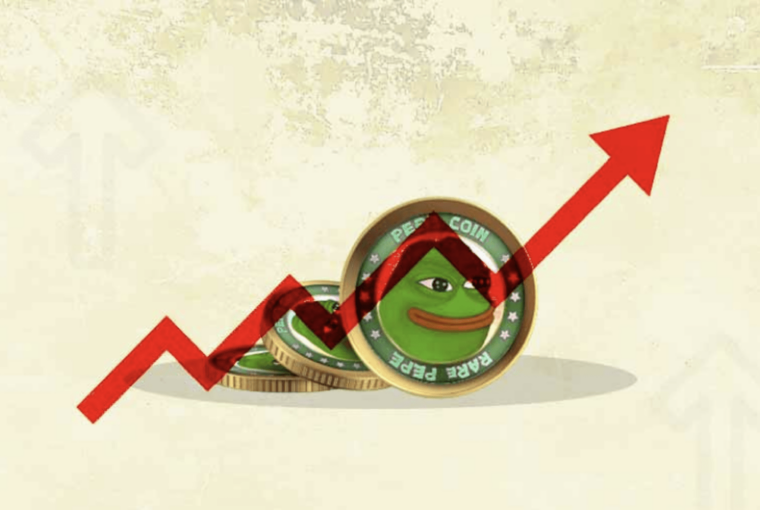JTC Ordinals are unique digital assets that provide access to legal recourse for digital artists and collectors. JTC Ordinals can be minted on the Jurat-enabled JTC blockchain, where crypto consumer protection and anti-fraud measures make operating as a digital artist safer and less risky than on blockchains such as Bitcoin and Ethereum.
Blockchain, NFTs, Ordinals and Digital Artists
Arguably, one of the biggest beneficiaries of blockchain technology and, more specifically, NFTs and Ordinals has been digital artists. Blockchain technology allows them to sell their art directly to collectors, reducing the barrier to entry and eliminating middlemen like galleries.
During the 2021 bull run, eye-watering sums of money were made by artists like Beeple, whose ‘Everyday: the First 5000 Days’ sold for over $60 million. Beyond the headlines about big sales, a community of artists found a way to make a steady income selling their work on centralized marketplaces such as OpenSea and Rarible.
NFTS have moved mainstream, and even famous legacy auction houses like Christie’s have entered the digital art market. The success enjoyed by digital artists through NFTs is undeniable, but the story has a darker side.
Hacks, Scams, and Exploits Threaten Digital Artists and Collectors
Fraud, scams, and hacks have plagued the cryptocurrency world. Victims are left outside the protection of the law due to the lack of legal recourse on blockchains. As a result, hackers and scammers have been able to steal digital art NFTs without the risk of stealing physical art.
The title of a Reuters article published during the NFT digital art boom in 2021 says it all: “Booming NFT art market plagued by ‘mind-blowing’ fraud.” The scale of scamming and hacking in the space is unprecedented, and it has left digital artists out of pocket and with little hope of recovering their work.
Hundreds of millions of dollars have been lost to digital art scammers, impacting the industry in several ways:
- It directly hurts artists who depend on NFT sales to turn a profit.
- It discourages art collectors from using blockchain technology to build their collections, as the legal risks are too high.
- It reduces the overall value of digital art as buyers have to factor in the risks associated with holding NFTs and Ordinals
JTC Ordinals and Legal Recourse for Digital Artists
The solution to the legal issues plaguing digital artists is on-chain legal recourse within a complaint blockchain ecosystem. Jurat provides digital artists with the legal recourse needed to overcome the limitations of standard NFTs through on-chain remedies built into JTC Ordinals.
JTC Ordinals are minted and stored on the JTC blockchain, a branch of Bitcoin that mirrors BTC as of January 8th, 2022. The network has many of the same features found in Bitcoin with additional consumer protection tools.
Transaction fees for actions like minting Ordinals are paid for using the native $JTC cryptocurrency, which can be viewed, stored, and transferred through the Jurat Wallet app (on Android, iOS, Windows, and Mac).
Legal Recourse with Jurat Ordinals
Digital artists who choose to sell their art using Jurat Ordinals produce art that protects their collectors and benefits from access to actionable legal recourse for their copyright and royalty agreements. For example, if a digital artist’s work is stolen through a phishing scam, JTC allows the collector to recover it directly from the scammer’s wallet.
The remedies operate by linking the JTC blockchain to federal and state courts. Digital artists or collectors who have suffered fraud would file a lawsuit against the scammer or the wallet address involved in the scam, and the court ruling would be enacted directly on the JTC chain by miners who can access the court’s docket using Jurat’s docket-connect technology.
In this case, the digital artist or collector would have their Ordinal returned to their wallet through an on-chain transaction executed automatically by the proof-of-work miners once a judge sides with them.
Licensing Rights and Royalties and Metadata
Beyond on-chain legal recourse, Jurat Ordinals give digital artists two more crucial pieces of legal support. Digital artists can inscribe licensing rights directly into their Ordinal’s metadata during minting.
By storing licensing rights within the metadata, legal clarity regarding the buyer’s rights over the art is immutably inscribed into the Ordinal. This gives both parties more legal clarity and remedies in case of misuse.
In addition to licensing rights, the digital artist can add royalty requirements directly to their JTC Ordinals. As centralized marketplaces often charge a large fee for collecting royalty payments for digital artists, being able to manage royalties by directly inscribing them into metadata saves digital artists money and gives them more control over their work.
Crucially, the legal recourse system means that artists can call out collectors who don’t pay royalties or infringe licensing contracts through actionable on-chain legal recourse.
Final Thoughts on Jurat Ordinals and Digital Artists
JTC Ordinals make up for the legal shortcomings of standard NFTs and Ordinals in digital art. Using JTC Ordinals gives digital artists access to actionable legal remedies that can protect them from scammers and collectors who misuse their work or fail to pay royalties. Many millions of dollars have been taken from both digital artists and their collectors, and much of it can never be recovered. However, with JTC, a legally compliant new chapter has begun for digital artists.


